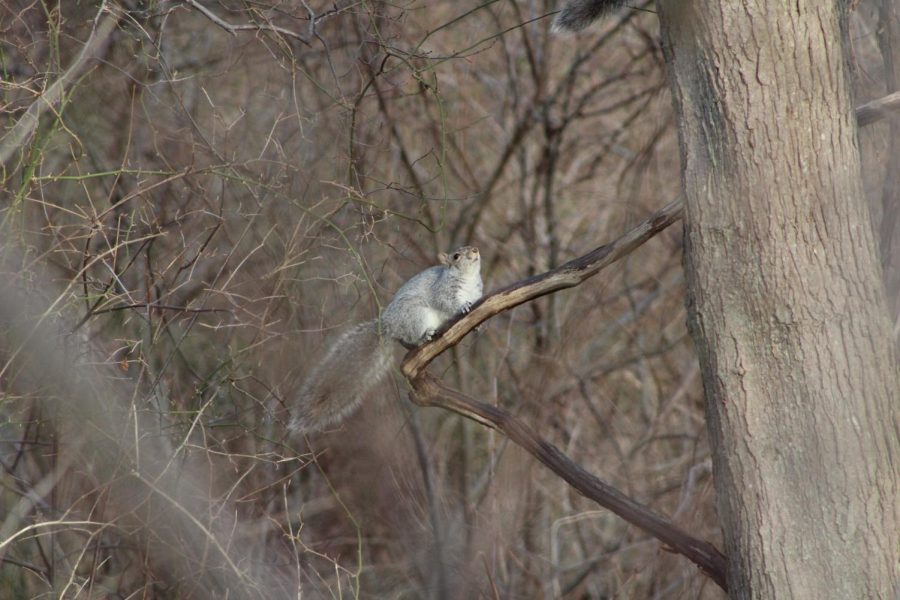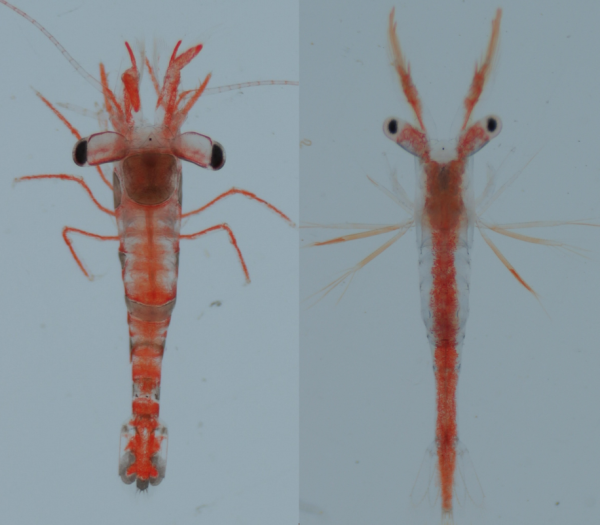Animal of the Week: Squirrel
Emily Dvareckas/The Hawks’ Herald
An Eastern Gray Squirrel in a tree along the East Bay Bike Path in Bristol. Eastern Gray Squirrels make dens in tree hollows, or nests on high up branches.
The Eastern Gray Squirrel, most commonly referred to as a “squirrel,” is a small rodent that lives in North America. Lately, there have been a lot of these creatures running around campus. You can probably see some resting in their homes as they live mostly in the cavities of trees or in nests high up in the branches.
Squirrels are scatter-hoarders, meaning they grab their food and stash it for later. Later could mean hours, or it could mean months. They have excellent spatial memory and rely heavily on their sense of smell, which both help them remember where to retrieve their food.
Squirrels mostly feed on seeds, berries and nuts. During the summer, they eat buds, flowers and bark from the inside of trees. However, if food is scarce, they will eat insects, small birds, eggs or amphibians.
Male and female squirrels do not have distinct differences. During mating seasons, male squirrels compete against other male squirrels for a female squirrel. These rodents do not form bonds and will mate with multiple squirrels in their life. Typically, squirrels breed from December to February and May to June. On average, they have a litter size of four babies, and adulthood is reached around nine months.
In order to communicate with each other, squirrels use different sounds similar to a bark, in addition to purrs, buzzes and clicks. They can also be seen flicking their tails as communication.
Squirrels do not like the heat so they are most active two hours after sunrise and two to five hours before sunset. In the winter, they are not as active and will only be out for a few hours before sunset. As winter is finally drawing to a close, get ready to see more squirrels scurrying about.
Emily Dvareckas graduated from RWU in 2022 with a degree in forensic science. She spent three years with The Hawks’ Herald as the photo editor...






